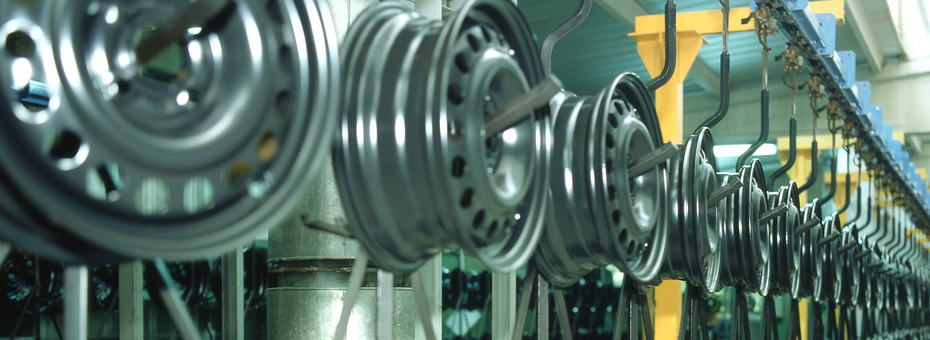In my first lean post “The Problem With Batch Logic” I described how batch logic, the basic of most planning systems, has three fundamental flaws that result in a different plan every time. Then that plan is often changed resulting in fire-fighting that is endemic in many companies.
My second, “The Real Challenge: Levelling Production” explained how levelled production is the foundation of the Toyota Production System, yet it’s the least understood and applied aspect of TPS. It consists of a progression of five steps with the aim of the first three steps being to produce products in a fixed schedule that is rigorously followed. Step one in a twice a month cycle. Step two in weekly cycles and step three daily cycles. This seems ridiculous to most people as they believe shorter runs and more change-overs will make them less efficient with greater waste losses, not better.
So, why do levelled production at all?
Batch logic is based on the principle “economies of scale.” The logic is focused on the machines. There is nothing wrong with economies of scale as long as you meet one criteria: you have very few products. As the product portfolio increases it becomes difficult to have long runs without unacceptable increases in finished goods inventories. Most companies have seen an explosion in their product portfolios in the last 20 years. What we need is a different focus that will improve efficiency while having shorter runs with more change-overs. It sounds impossible, but stay with me.
It is possible to achieve this through a phenomenon called “economies of repetition.” This is based on creating the situation where natural human behaviors that help to improve performance can flourish. By having the same repeating schedule (what Toyota originally called “patterned production”) three aspects of human improvement behavior naturally happen. The first is learning curve. When people do the same task repeatedly, they get better at it. (This isn’t about applying improvement tools. It just happens.)
Second, most people like routines. Go see it for yourself. Go into your organisation’s restaurant at lunch time. Draw a map of where everyone is sitting. Go in the following day at the same time and draw the map again. You’ll get practically the same map with most people sitting at the same tables, mostly even the same seats! People live by routines. They like the stability, security, and predictability. They often find it stressful if their routines are disturbed. That’s one reason why short term plan changes de-motivate people. If you give people routines they will feel less stressed, more relaxed, and more motivated. Plus they find it quite easy to see opportunities to keep making little improvements to make their work more effective and efficient. Little improvements across the company add up. The really good news is that experience shows us the improvements do not plateau; they just keep getting better and better due to the increased learning curve coupled with routine.
There’s a third reason why the same repeating schedule is so important. It creates an environment where standardization can flourish. Without standardization you cannot generate sustainable improvement. It is very difficult to achieve standard work when short term changes are frequent and every week the plan is different. This is what happens with batch logic. In a fire-fighting environment, the way of coping is for each person or shift to have their own way of doing things. It’s much easier to accept the need for standard work in a stable environment of fixed repeating cycles. Standard work starts to come naturally because when people do the same things in the same sequences they start to agree the best way of working. When every day is different, this is far more difficult to achieve. The benefits of economies of repetition are surprisingly rich.
One thing I’ve learned over the years that I find amazing is that Toyota recognized “economies of repetition” yet had never gave it a name. This is probably one of the reasons why no mention of this term appears in the literature written on TPS and Lean. None that I’ve seen anyway.
Does implementing a fixed repeating schedule seem impossible to you? It does to most people but from my research it’s actually what Toyota did at first to build stability, and today we know it is crucial in developing a sustainable continuous improvement environment.
The BIG question is… how to start?





